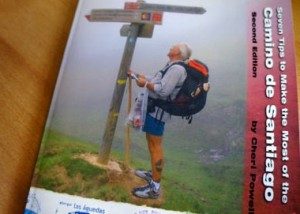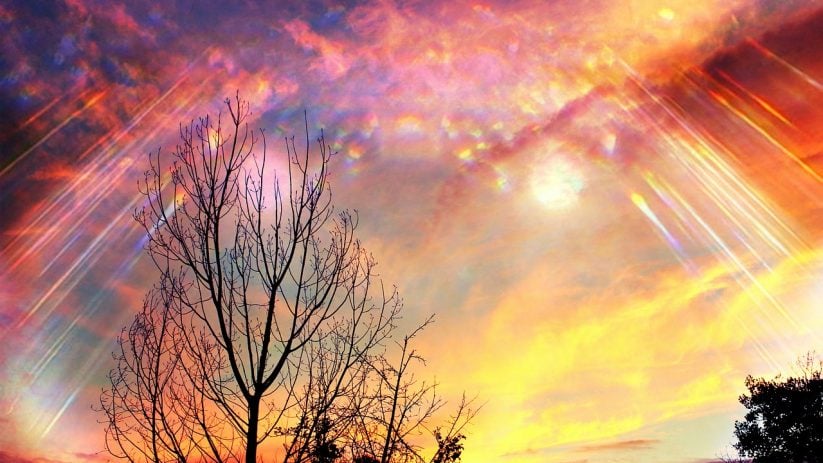 The Ultimate Spiritual Travel: A Pilgrimage
The Ultimate Spiritual Travel: A Pilgrimage
This guest blog by author Cheri Powell gives us an insight on what she felt and learnt after doing the Camino de Santiago:
by Cheri Powell
It was raining. It was dark. I was miserable. This was enlightenment? This was a spiritual quest? I did not feel very spiritual as I headed out into the early morning darkness to begin my walk for the day. I was on a pilgrimage in northern Spain and had walked about half of the 500 miles of the Camino de Santiago which starts in Saint Jean Pied-de-Port, France and goes to Santiago de Compostela, Spain.
A spiritual journey is like no other. I have traveled to many foreign countries, and my vacations usually had a purpose of some sort, but a pilgrimage was a new kind of adventure for me.
The reasons for going on a pilgrimage are as varied as the people who go on them. Some people feel drawn to a particular place. Some go because it is an integral part of their religion. Christians may go as penance for some wrongdoing. Others seek out miracles. Some pursue a physical healing. Some go with specific results in mind. Some go to see and experience. Curiosity pulls a few along the trail. For me, all these elements played a part.
But whatever the reason for going and wherever the pilgrimage is located, a pilgrimage of any kind usually has some common characteristics. It is physically located someplace away from the place where the person lives. The pilgrim must experience and adapt to new surroundings. This can mean an entirely different country, with different language and customs. Or it can simply mean getting away from the usual day-to-day routines.
A pilgrimage usually involves some sort of sacrifice. Some amenities of modern life are given up in order to experience spiritual growth. While on the pilgrimage there is usually some sort of introspection. Pilgrims may meditate, review their life path, or contemplate their place in the universe. It is a time for getting away from the usual, the routine, and experiencing something new and different.
A pilgrimage is usually done alone. A pilgrim may physically have friends and others along on the journey, but the real journey takes place in the very core of the individual as each day is experienced, absorbed and transformed into part of the new individual that will emerge at the end of the experience.
A pilgrimage usually involves a span of time. They are not undertaken over a weekend, a week or even a month. The time leading up to the actual journey is also part of the pilgrimage because it involves the thought and actions that are needed to organize all the physical, mental, spiritual, emotional and logistical things that must come together.
While I was on my pilgrimage I met people from all over the world and from many different religious and spiritual backgrounds who were all on the path seeking their own personal truths. The dark, rainy, miserable morning I experienced turned into a sunny day that brightened my spirits as I viewed a glorious array of wildflowers blooming along the path. Such is the effect of perspective.
I have walked the 500 miles of the Camino twice. Each pilgrimage was unique and provided different experiences. I was one of the lucky ones. I did not get blisters on my feet. I had no pulled muscles. At the end of each journey, I still did not feel enlightened or more spiritual than I did when I started. It is only with the passage of time and hindsight that I am able to evaluate the time spent on the Camino and how it changed my life. Am I more enlightened and spiritual? Yes, I am on that path. I now realize that my life is a work in progress and that my time on the Camino and the things I learned there, consciously and subconsciously will play a major part in how I spend the rest of my life.
About Cheri
Cheri Powell has walked the 500 miles of the Camino de Santiago twice and was inspired to write Seven Tips to Make the Most of the Camino de Santiago to help others prepare for such a journey. The second edition, published in February of 2013 contains up-to-date information and links to aid the prospective pilgrim. She has two companion publications: Camino de Santiago Book of Days – Flowers of the Camino and Camino de Santiago book of Days – Pathways of the Camino. All are available on Amazon worldwide.
